safety
Wearables in shipping:
from passenger luxury to a seafarer lifeline
Wearable technologies such as pendants for cruise passengers and AR glasses for ship technicians are becoming increasingly popular in the maritime industry. EVA GREY explores the gadgets set to revolutionise the on-board experience
The widespread adoption
of wearables is on the rise, much of it driven by market heavyweights including Nike, Adidas, Google, Samsung and Apple. According to Statista, there were 325 million connected wearables worldwide in 2016, which rose to around 593 million this year. Data predicts that the number will reach close to one billion by 2021.
The trend is also making its way into the maritime sector, which is undergoing drastic changes to its operations thanks to digitalisation and the spread of the Internet of Things (IoT). While the cruise sector is currently ahead in terms of introducing wearables for their customers, more niche applications specifically designed to aid seafarers are also appearing on the market.
Image courtesy of
Visualising marine data through smart glasses
While navigating, seafarers, fishermen and sailors need to be aware of any changes in the marine environment, as well as be attuned to their ship’s performance – all while being able to freely use their hands to handle any situation.
Enter Nautix, a hands-free, weatherproof and featherweight device created by American technology company Garmin that can be attached to either side of most sunglasses and eyewear frames to display key marine data in real time.
The device can display speed, heading, distance to line, burn time, water depth and temperature, wind direction and engine RPM, and can be paired with a compatible marine electronics device to receive information from up to five data screens. Designed specifically to withstand harsh and unreliable marine environments, its touch panel is glove-friendly and waterproof, allowing the wearer to rotate through data screens even in rain or sea spray.
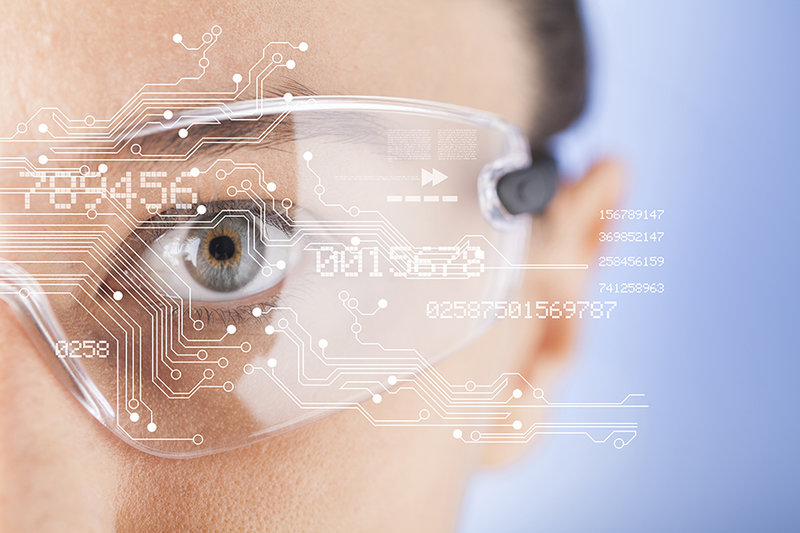
Image courtesy of
Svein Kleven is senior vice president of engineering and technology for Rolls-Royce. Image courtesy of Rolls-Royce
Personalised cruising pendant
Last year, Carnival Corporation jumped on the wearables bandwagon and introduced the Ocean Medallion on its Regal Princess ship. Built in collaboration with engineering consulting firm Nytec, the small waterproof device can be worn as a pendant, watch, clipped to the customer’s clothes or in their pocket.
It acts as an all-encompassing ID for the passenger, a key fob to their room, and can also be used to order food and drinks, book on-board activities, and track friends or family members around the ship.
Later in 2017, MSC Cruises launched its ‘MSC for Me’ programme, which includes smart bracelets that can be linked to guests’ smartphones, helping them to book and keep track of activities on board.
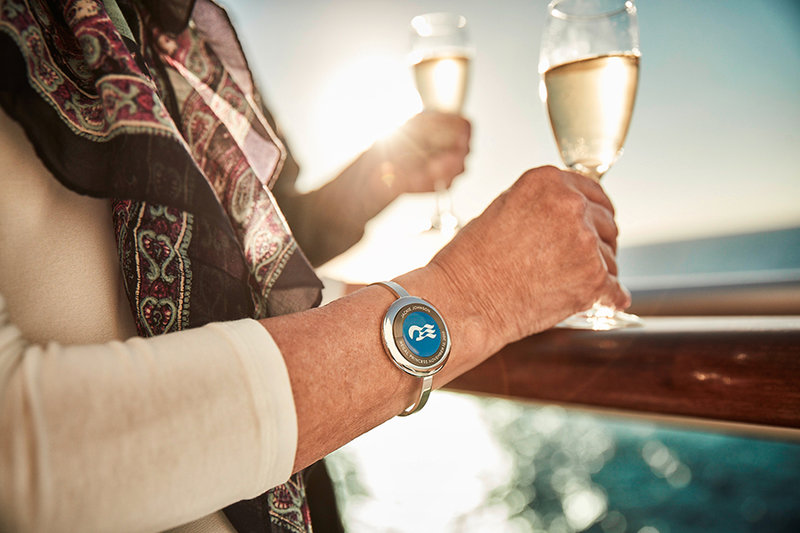
Ocean Medallion. Image courtesy of Carnival Corporation
The ‘Superman’ bracelet
In April this year, Norwegian maritime IoT company ScanReach introduced an innovative solution to on-board emergency situations. Its new In:Range service has been dubbed ‘Superman’ by the company’s chief commercial officer, thanks to its ability to quickly locate members of the crew on a vessel or offshore installation in real time.
As part of the programme, each member of the personnel is given personal bracelets, connected to interior and exterior sensors on the vessel, which allows people from any location – such as fleet management offices, shipowner offices, insurance companies, coastal services and rescue departments – to have an overview of the team and, if need be, intervene in a targeted and precise rescue operation.
For privacy reasons, the wearer cannot be detected unless an alarm is triggered, the wearer presses a button to activate it, or movements that indicate distress are made.
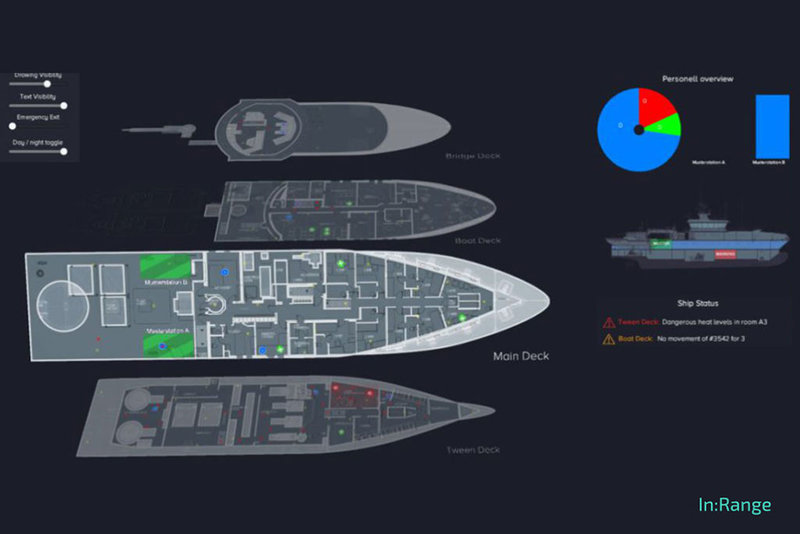
ScanReach schematic screen. Image courtesy of ScanReach
Port of Singapore dabbles in AR
As part of its Intelligent Port of the Future exhibition in January, the Port of Singapore (PSA) showcased the latest tech it is planning to roll out, or experiment with, as part of its future port vision. Among amphibious drones, automated quay cranes, exoskeletons for port staff and robotic arms for related container activities, PSA also revealed a pair of augmented reality (AR) smart glasses designed for port equipment specialists.
The glasses are meant to provide live visual aids and off-site assistance during the repair of a faulty appliance, enabling “proper guidance and creating an effective learning experience at every repair”, according to a PSA press release.
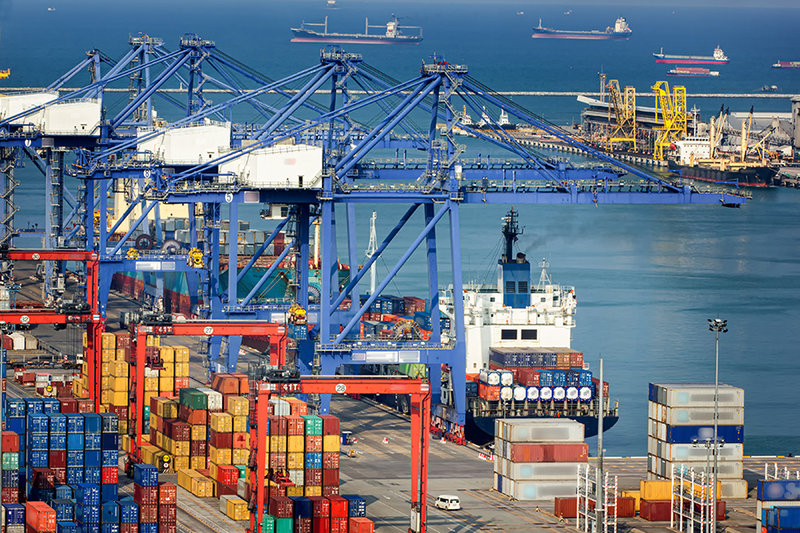
Image courtesy of jan kranendonk / Shutterstock.com
Localisable life jackets
Recognising the critical problem of evacuating people from ships in an emergency situation, a European Union project funded under the Horizon 2020 framework called LYNCEUS2MARKET (L2M) was launched in 2015.
Over the past three years, the project has focused on developing technologies that can be used to localise passengers in an emergency situation, which have been trialled in small-scale pilots across multiple labs.
The team, made up of European global players including cruise ship owners, operators, ship builders, maritime equipment manufacturers, industry associations and technology organisations, came up with a range of wearable devices, including localisable life jackets, bracelets that can send activity data to the emergency management team, smart cabin key cardsand novel handheld devices for automatic identification and counting of passengers during evacuation, to name a few.
A successful demonstration was held by the L2M team on board Rhapsody of the Seas, so any of the tested devices could potentially enter the market soon.
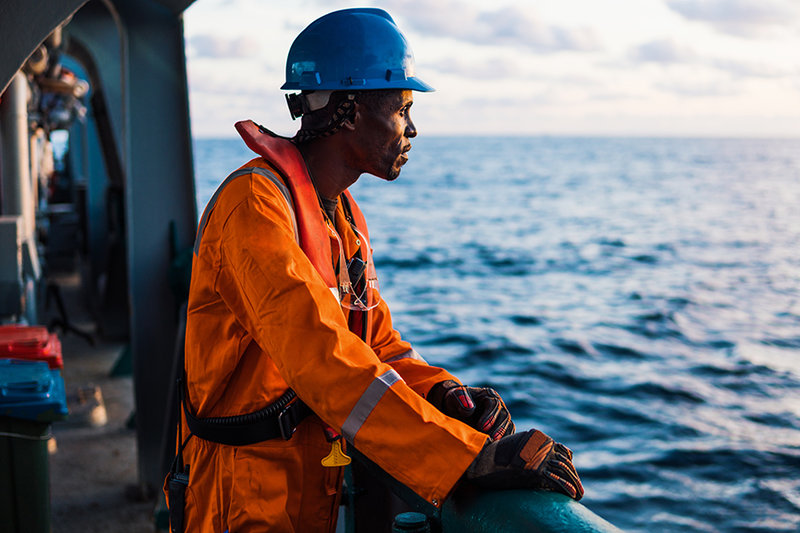
Image courtesy of jan kranendonk / Shutterstock.com